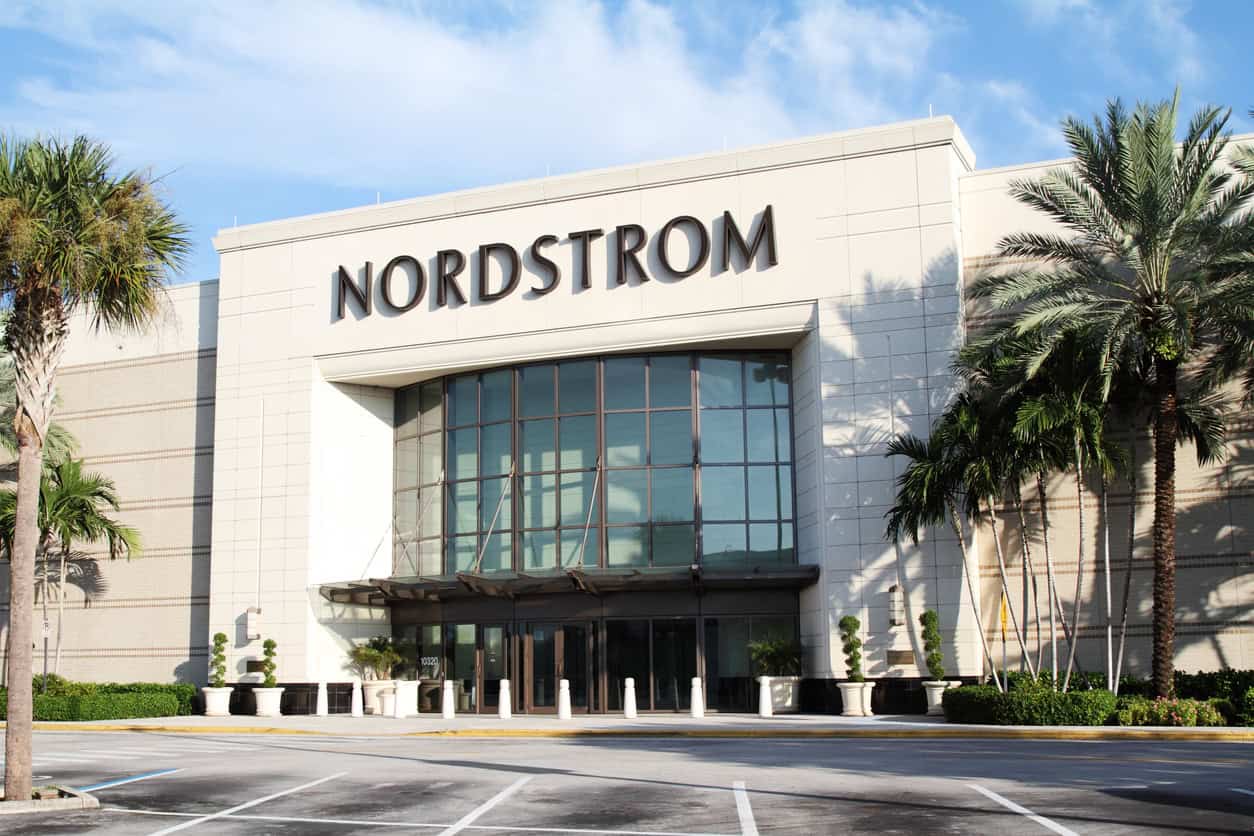
iStock.com/NoDerog
How Can Nordstrom Stand Out With Its Online Marketplace?
With a focus on curated offerings, expanded assortments, and personalized recommendations, Nordstrom launched a third-party online marketplace with the aim of being the “Spotify of Fashion.”
In a press release, Miguel Almeida, Nordstrom’s president of digital and customer experience, said Nordstrom’s marketplace utilizes an “unowned inventory model” that will enable the upscale retailer to accomplish three aims:
- Expand its existing assortment by offering the “full expression” of popular brands, including greater size inclusivity.
- Serve customers across a broader set of occasions, offering new and relevant brands.
- Accelerating the expansion of assortment to support young customers.
Nordstrom plans to expand its online assortment by two to three times over the next few years while maintaining an online focus on curation, customer-centricity, and service. Almeida said, “Our goal isn’t to be the everything store, but to offer customers more breadth, depth and newness in the categories that they come to us for, from some of the most coveted brands in the market.”
Nordstrom’s buying team selects the marketplace’s participants. Among the new brands participating at launch are AdoreMe, Cynthia Rowley, Derek Lam 10 Crosby, Dia & Co, Dippin’ Daisy’s, DXL, Maison de Sabre, Mulberry, Natori, and Tracksmith.
Nordstrom joins a number of other fashion retailers launching curated marketplaces, including Macy’s, Bloomingdale’s, Saks, Hudson’s Bay, and Urban Outfitters.
Under the marketplace model, retailers earn less money on each item purchased since products are listed, not owned, and sold on commission. The tradeoff is their websites are able to offer more products without the expense of holding additional inventory or markdown risk. CEO Erik Nordstrom said on the retailer’s recent fourth-quarter analyst call, “Expanding our assortment through unowned inventory has the potential to drive GMV growth in addition to providing compelling economics.”
Vendors manage the merchandise content, pricing, and shipping, while Nordstrom determines how products are presented on the site.
One difference compared to many other marketplaces is that Nordstrom handles customer care directly, including communications with customers. Marketplace buyers can also return items to stores, earn loyalty incentives, and access perks such as styling and alterations. Almeida said, “The trust of our customers and our legacy of service is what we stand for, and it is important that we maintain the same level of service.”
With the marketplace’s enlarged product pool, Nordstrom is aiming to create a more personalized digital experience, with past customer engagement driving brand recommendations and the delivery of relevant inspirational trend and styling content.
Almeida told WWD, “Our vision is to become the Spotify of fashion, and that means receiving signals from customers on what they want from us and showing them our expanding extended assortment in a way that is unique to them.”
Digital sales represented 36% of Nordstrom’s total sales in 2023.
Discussion Questions
How should Nordstrom be looking to differentiate and create buzz around its online marketplace?
What’s your overall take on the upsides and downsides of curated marketplaces from niche chains?
